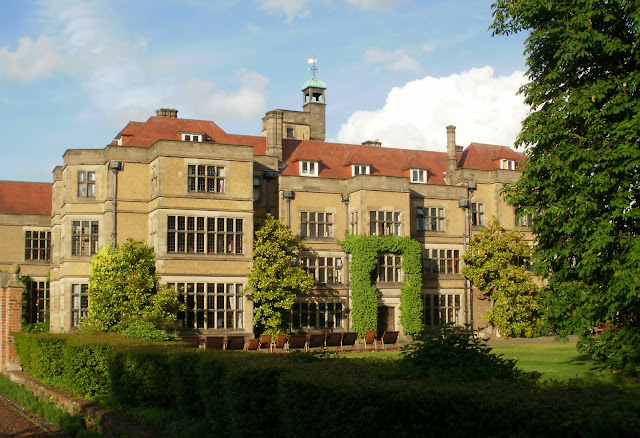
Broxbourne Woods is Hertfordshire's only National Nature Reserve. As home to scarce wildlife, including 27 species of butterfly, it is also a Site of Special Scientific Interest. The reserve, of 586 acres, is made up of four woods - Bencroft, Broxbourne, Hoddesdon Park and Wormley; the first two owned by the county council and the latter two by the Woodland Trust. The woods, about ten miles from Hertford, are described as ancient, but are (pre)-Roman tilled lands later re-colonised by trees. The numerous banks and ditches evidence past use as grazing land. The dominant trees are sessile oak and hornbeam, here at the most northerly extent of its natural range.

In the midst of Wormley Wood is a cast-iron coal post. About 250 to 260 of these were erected in 1861, marking the then boundaries of London, although the area designated by the posts has its origins in the mediaeval period. It was at these points that duty was levied on coal, wine and other commodities, which taxes contributed toward meeting the cost of key parts of London's infrastructure, including a number of the bridges over the Thames. In the seventeenth century the duties collected part-funded the re-building of London after the Great Fire.
About 200 posts remain. At first blush it seems odd that this Grade II listed post is in the middle of a wood, but our notions of what constitutes an highway are influenced by twentieth-century motorways. The track by which the post stands was the route by which Oliver Cromwell travelled to Ware to suppress a rebellion, so would have been recognised back then as a principal road.















